The Samsung Galaxy Note5 and Galaxy S6 edge+ Review
by Joshua Ho on October 2, 2015 8:00 AM ESTDisplay
With the rise of smartphones and tablets, the display has become one of the most important aspects of a mobile device as it’s the primary mode of interaction. However, throughout computing the display has generally had relatively little attention. People might have talked about resolution, size, and latency, but the discourse was vague at best. In order to really understand displays, it’s important to discuss a number of factors that affect display quality and the underlying design of the display. These factors range from subpixel arrangement to TFT structure and various emitter materials. With traditional reviewing methods, it’s often difficult to say one way or another whether one display is “better” than another. While simple metrics like maximum brightness can be compared in a relative manner, it’s hard to say whether one has better colors or higher static contrast. In order to test these metrics, we turn to objective measurements from devices like X-Rite’s i1Pro2 spectrophotometer and i1Display Pro colorimeter. In order to acquire the data from these devices and present it in a usable manner, we use SpectraCal’s CalMAN 5 with a custom workflow.
Under the microscope and based upon some quick viewing angle tests, subjectively the Galaxy Note5 display looks and feels like a bigger version of the Galaxy S6 display. Viewing angles for some angles feels like the display is almost painted on to the glass below, but some odd interference effects with viewing angle changes breaks the illusion to some extent. In the case of the S6 edge+, the curved edges of the display cause a noticeable shift in luminance when looking at the edge compared to the center of the display, which also causes an odd green shift which is probably due to the RGBG subpixel layout. I suspect the best LCDs will still be better at the “painted to the glass” illusion for the near future. This isn’t a huge deal, but it is a noticeable difference.
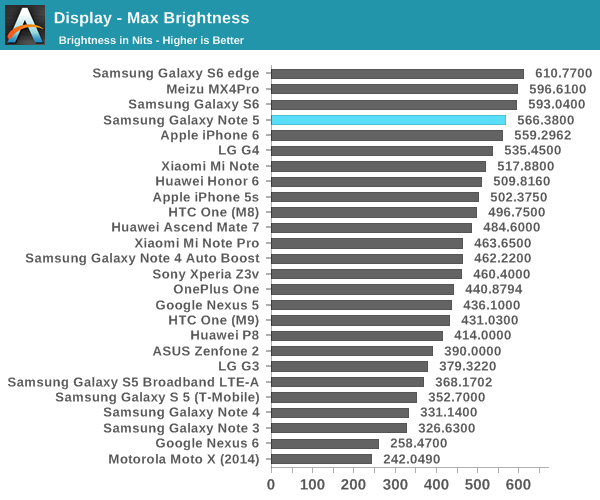
Moving on to our brightness testing, we can see that the Galaxy Note5 delivers a healthy improvement over the Galaxy Note 4 generation of AMOLED, but it isn’t quite at the same level as the Galaxy S6. It isn’t clear why this is the case, but I suspect this is related to longevity and other concerns outside of brightness. Meanwhile the use of OLED means that black levels are perfect and contrast remains solely determined by the lighting of the room and the reflectance of the display, which is similar to most other smartphones.
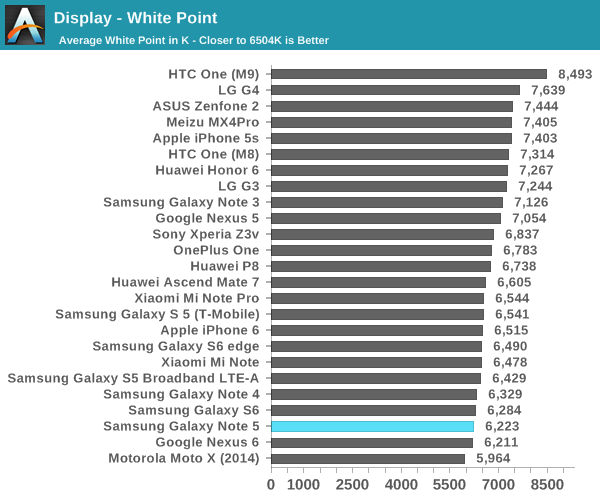
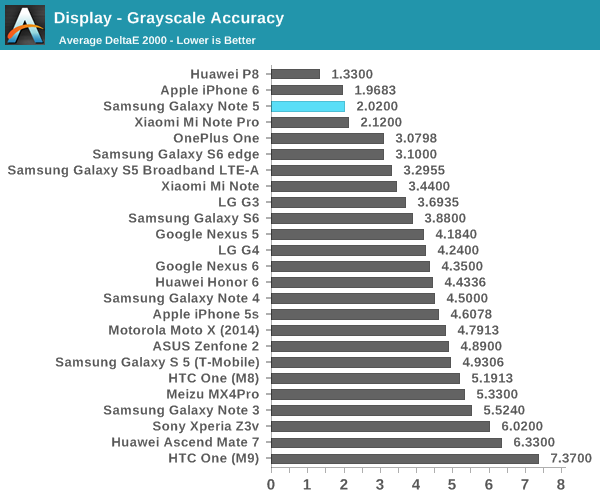
In our standard grayscale testing, the Note5 delivers acceptable color accuracy but it seems that the Basic screen mode tends towards a warm color balance. I suspect this helps with power efficiency, as blue in general requires more power to achieve the same level of luminance. Other than this slightly warm white balance, the grayscale accuracy doesn’t have any significant errors. This means accuracy ends up very good - certainly below our threshold for noticable errors - especially in comparison to the Galaxy Note 4 which had some noticeable problems with green tint on some units.
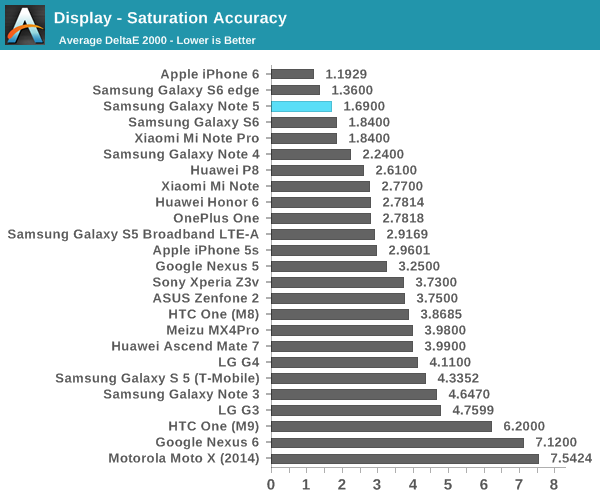
In our saturation test, Samsung does well enough that there’s really nothing to talk about because there's so little wrong here. You could argue that magenta is a bit warm on our review unit, but the difference is too small to be worth talking about. Error on average is going to be hard to spot unless you have a flawless reference monitor to compare against.
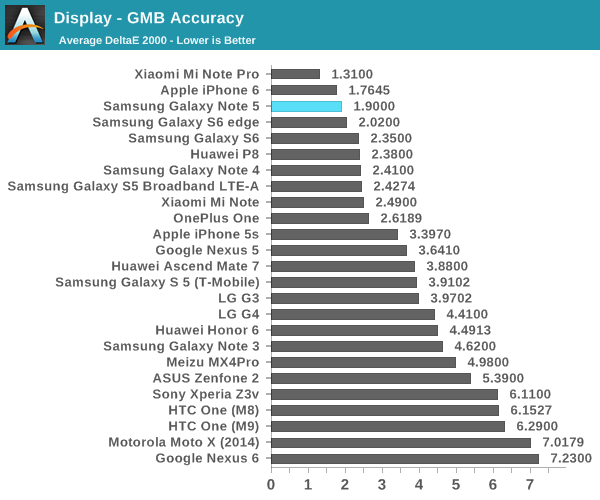
In the GMB ColorChecker test, Samsung continues to show a strong performance when looking at various hues that are commonly found in consumer content such as movies and camera photos. There’s a slight red shift on some of the tested hues, but the error is so minor I don’t notice that any problems here.
Overall, the Galaxy Note5 and Galaxy S6 edge+ both have an incredible display. The Galaxy S6 edge+ does have some problems with viewing angle shifts by virtue of the curved display, but this is effectively unavoidable given the subpixel layout and the radius of curvature. With this generation of AMOLED, Samsung has definitely equaled the best LCDs on the market. I suspect within the next year or two it will be inevitable that Samsung AMOLED will be clearly superior to even the best LCDs. However, without other OLED suppliers that can provide similar quality and cost I suspect OEM adoption will continue to be limited.



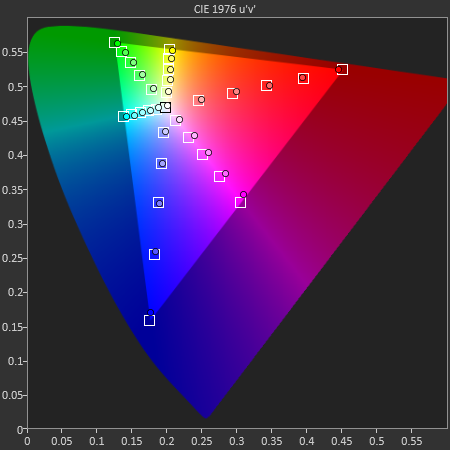
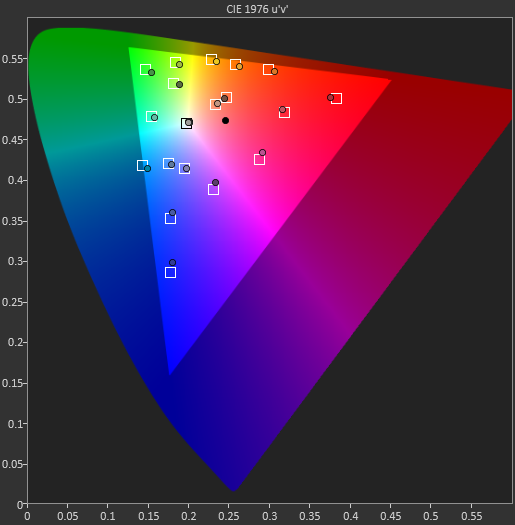








225 Comments
View All Comments
Yanic - Saturday, October 3, 2015 - link
My entire reason for reading this site is because I felt it portrayed an unbiased informative review which is platform agnostic.Kuzi - Saturday, October 3, 2015 - link
I have noticed the same thing for a few years now. Anandtech has been cherry picking benchmarks or omitting when needed to always try to show Apple devices in the best light.In Geekbench multicore exynos 7420 gets 5200, while IPhone 6 gets 2800, and even the iPhone 6S gets only 4400. The story is the same for any other multithreaded tests such as Antutu, 3dmark Physics test etc.
Ryan Smith - Saturday, October 3, 2015 - link
Hi Nerd1,Thanks for the feedback. A couple quick responses to specific items.
Contrast; OLED is infinite contrast since a pure black screen doesn't emit any light. We literally can't even plot it. Which is why we note in the text "Meanwhile the use of OLED means that black levels are perfect and contrast remains solely determined by the lighting of the room and the reflectance of the display"
NAND: There are two factors here. The first is that the NAND has changed relative to the S6. Second, as Josh has commented elsewhere "To add on to this, the main difference is that we're only showing a single IO thread and QD=1 to avoid unnecessarily penalizing eMMC as we found that multiple IO threads is usually an unrealistic workload and that it would negatively affect eMMC performance."
And our benchmarks are based on the metrics we believe are important and are practical to repeatedly and scientifically measure. Truth be told who wins is immaterial, we just want to develop tests that are meaningful while meeting the above goals. And on a related note, this is the same benchmark suite we use in every review, so there is no specific benchmark picking going on.
lilmoe - Sunday, October 4, 2015 - link
You say "scientific", then use browser benchmarks to provide _evidence_ for cross-platform processor superiority... I'm really curious now, Don't you find your statement a bit misleading?Ryan Smith - Sunday, October 4, 2015 - link
It will depend on what we're trying to measure and the what we're trying to investigate. If we want to evaluate the whole phone as a platform, as is the case here, then browser benchmarks are a great tool due to how much use mobile browsers get.Otherwise if we want to measure just SoCs, then we need to be a bit more mindful to account for things like different JS engines. Which is also why we never put too much emphasis on one benchmark, and make sure to run a varied collection.
Though I will add that I'm not sure what this comment is in reference to? The only thing we state with respect to the browser benchmarks on this specific article is "It's probably fair to say that the Exynos 7420 will continue to be the best SoC for Android mobile devices in 2015"
thedons1983 - Sunday, October 18, 2015 - link
Benchmarks prove nothing. And to rely on them so heavily, is just idiotic. Benchmark results, mean absolutely jack sh#t, compared to real life, user experience. If you're not aware of this fact, then why on earth should I listen to a single word that you say?? Benchmarks are for morons, pure and simple.0razor1 - Friday, October 2, 2015 - link
Note 4 aperture size is *incorrect* on page1 :F/2.0 OIS
Should be F/2.2 OIS ?
mercucu1111 - Friday, October 2, 2015 - link
According to GFX 2.7 and 3.0 offscreen. A9 is 40% better than E7420But According to Geekbench
E7420 is 30% better (5600 vs 4400 lol)
So nobody can't say which is better.
ciderrules - Friday, October 2, 2015 - link
Uh, according to Primate Labs the multi score result for the Note5 is 4323. S6 Edge us 4441.Not sure where you're getting 5600 from.
mercucu1111 - Friday, October 2, 2015 - link
It is not overclocked or inflated score.When its 8-core is in full load state. It reachs 1500/5600.